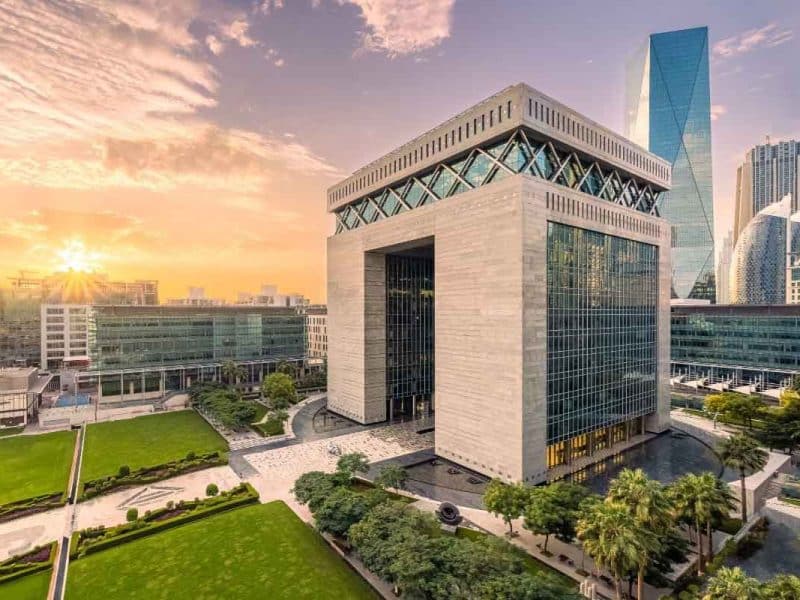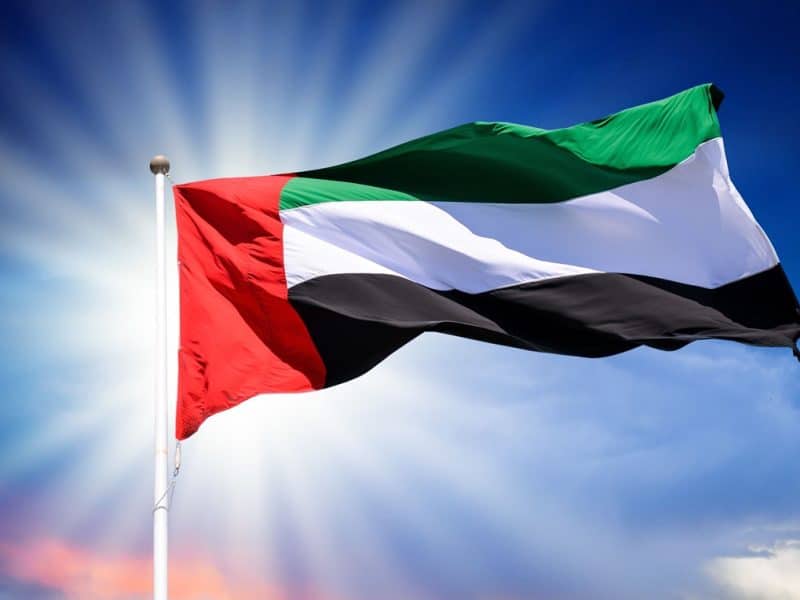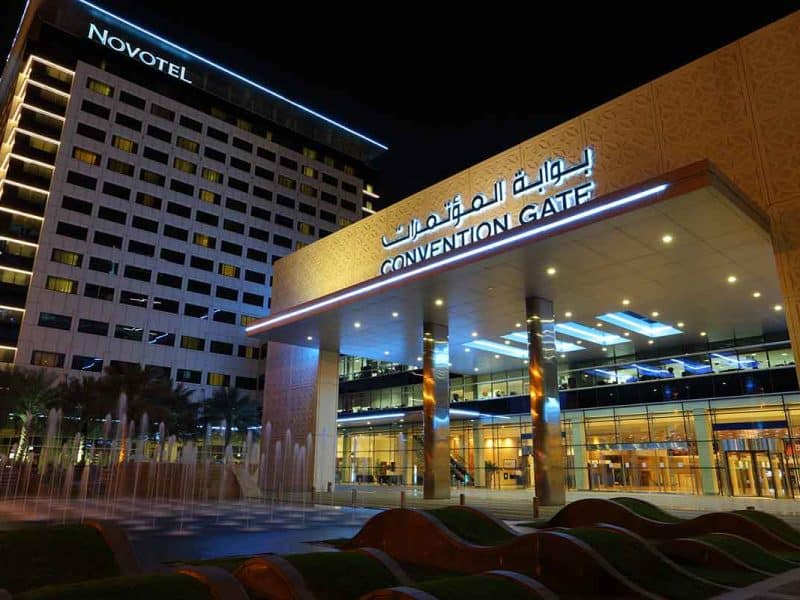Strong demand from a number of Gulf countries for Filipino workers has helped push remittances to the Philippines higher during the first half of 2012, according to a new report.
A study compiled by Kuwait China Investment Company (KCIC) said remittances – money sent home by overseas workers – rose more than five percent to $11.3bn in H1.
It said that demand for overseas Filipino workers (OFW) was particularly strong in Saudi Arabia, the UAE and Qatar.
According to the World Bank, the Philippines is the fourth largest recipient of remittances in the world.
In 2011, over $20.1bn was sent home by overseas Filipinos, equivalent to 8.9 percent of the entire Philippine economy.
In June alone, Filipino workers abroad sent $1.8bn back home, growing 4.2 percent compared to the same month last year, the report added.
“Although the remittances growth numbers are robust, these growth figures have decelerated since December of 2011. This is largely due to the economic slowdown in the West,” KCIC said.
According to the Philippine government, more than 11 percent of the Philippine population lives abroad.
In terms of share to total remittances sent in June, 45 percent of the global flows came from the United States alone while workers in Saudi Arabia sent 7.4 percent with a further 7.8 percent coming from the rest of the Middle East.
The report said: “Remittances growth has held steady through the post-crisis years despite the rise in unemployment in the West.
“The resilience of the Asian economies and the strength of the Middle East’s economic growth have supported the steady demand for OFWs, providing a cushion against the slowdown in the West.”
KCIC is an investment company founded by an Emiree Decree with a mandate to invest in domestic demand-driven sectors in Asia, including energy, real estate, healthcare, infrastructure, and financial services.









